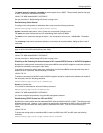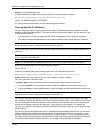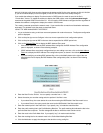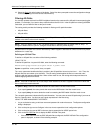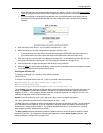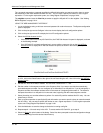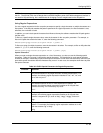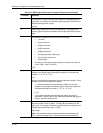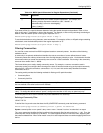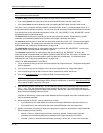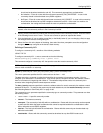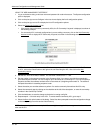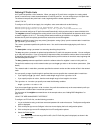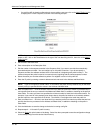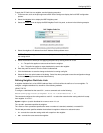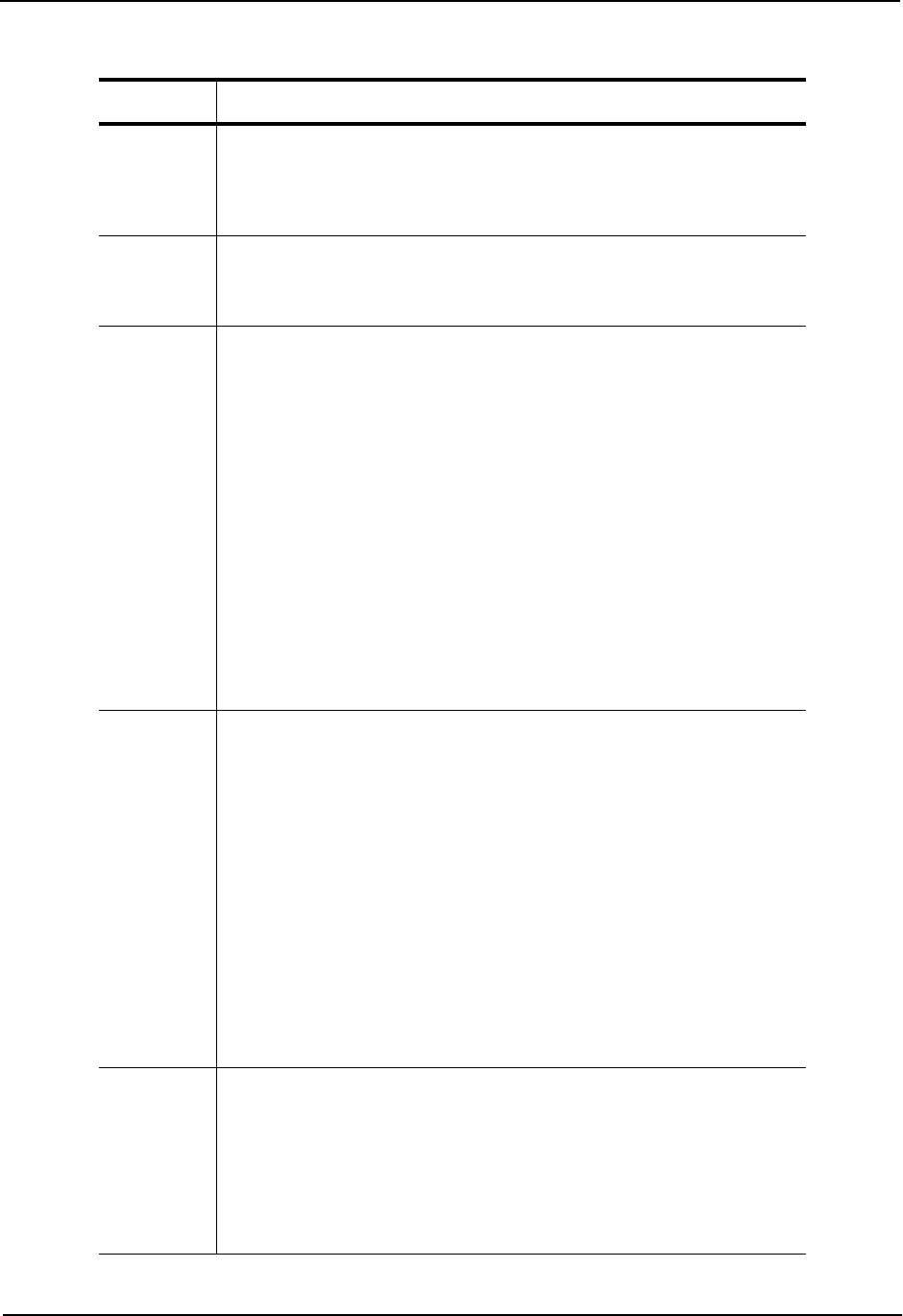
Advanced Configuration and Management Guide
Table 10.2: BGP4 Special Characters for Regular Expressions (Continued)
^ A caret (when not used within brackets) matches on the beginning of an
input string. For example, the following regular expression matches on an
AS-path that begins with “jlampa”:
^jlampa
$ A dollar sign matches on the end of an input string. r example, the
following regular expression matches on an AS-path that ends with “deg”:
deg$
_ An underscore matches on one or more of the following:
• , (comma)
• { (left curly brace)
• } (right curly brace)
• ( (left parenthesis)
• ) (right parenthesis)
• The beginning of the input string
• The end of the input string
• A blank space
For example, the following regular expression matches on “100” but
not on “1002”, “2100”, and so on.
_100_
[ ] Square brackets enclose a range of single-character patterns. For
example, the following regular expression matches on an AS-path that
contains “1”, “2”, “3”, “4”, or “5”:
[1-5]
You can use the following expression symbols within the brackets. hese
symbols are allowed only inside the brackets.
• ^ – The caret matches on any characters except the ones in the
brackets. or example, the following regular expression matches on
an AS-path that does not contain “1”, “2”, “3”, “4”, or “5”:
[^1-5]
• - The hyphen separates the beginning and ending of a range of
characters. A match occurs if any of the characters within the range is
present. See the example above.
| A vertical bar (sometimes called a pipe or a “logical or”) separates two
alternative values or sets of values. The AS-path can match one or the
other value. xample, the following regular expression matches on an
AS-path that contains either “abc” or “defg”:
(abc)|(defg)
Note: e parentheses group multiple characters to be treated as one
value. ee the following row for more information about parentheses.
Character Operation
Fo
T
F
For e
Th
S
10 - 50




